Darlington refurbishment project ahead of schedule
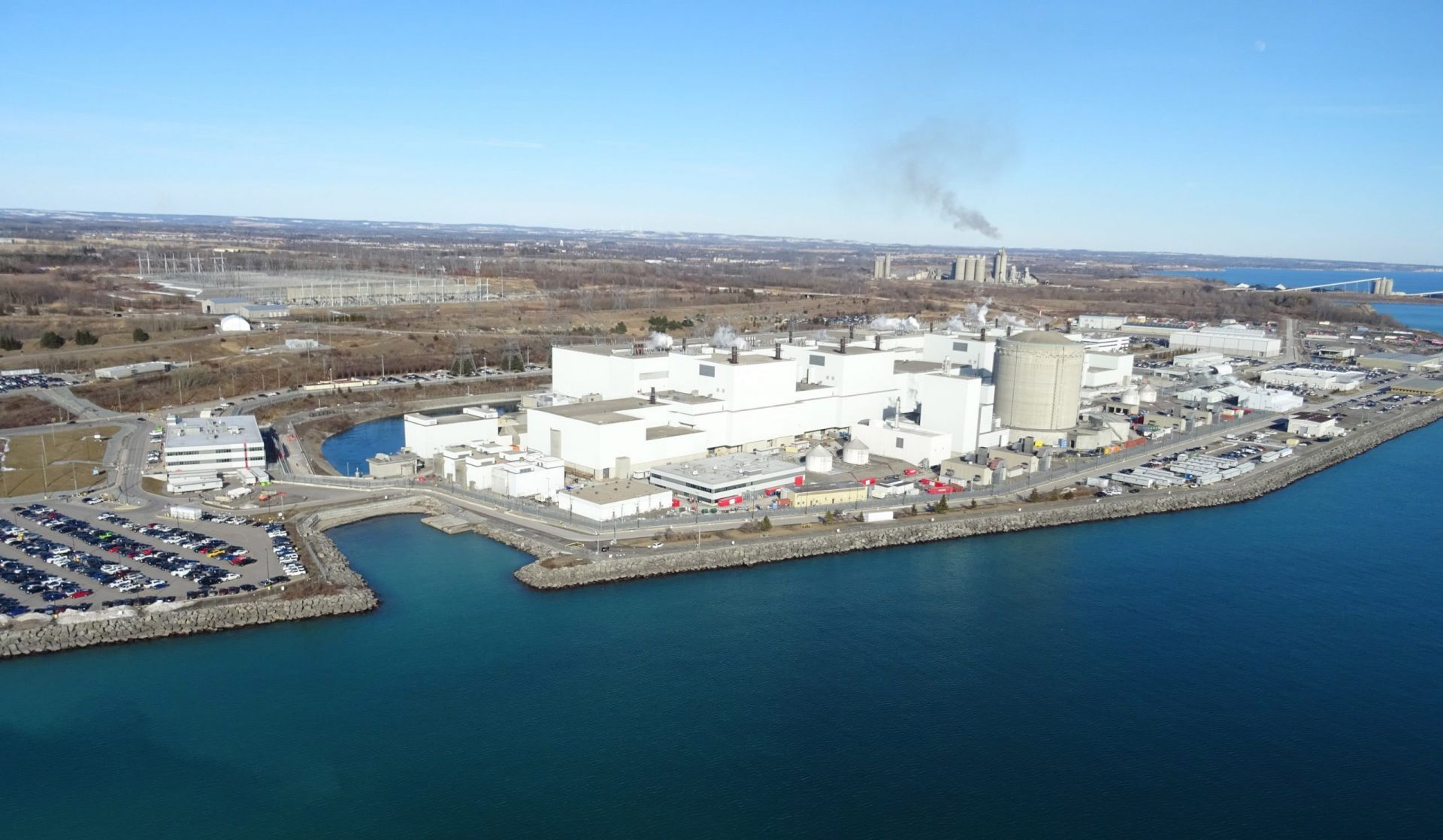
Ontario Power Generation’s expansive refurbishment project on its four 878-MWe CANDU units at the Darlington nuclear power plant is proceeding faster than expected, OPG announced on September 17.


Ontario Power Generation’s expansive refurbishment project on its four 878-MWe CANDU units at the Darlington nuclear power plant is proceeding faster than expected, OPG announced on September 17.

Ontario Power Generation’s Pickering nuclear power plant may see decades of new service beyond its original lifespan, which included plans to shut reactors down this year.
Ontario energy minister Todd Smith announced today government support for refurbishing four nuclear reactors collectively known as Pickering B, located on the north shore of Lake Ontario, east of Toronto. This move is part of a larger energy strategy, as forecasts show the demand for electricity is expected to double in the next 25 years.

Two Canadian energy companies are teaming up to bring small modular reactors to Alberta.
Capital Power Corporation and Ontario Power Generation announced this week that they will spend the next two years exploring joint opportunities to bring SMRs to the province. Just under 13 percent of Canada’s power comes from its 19 nuclear reactors.

Canada’s Alberta province is investing C$7 million (about $5.2 million) to help Cenovus Energy study how small modular reactors could be used in northern Alberta to decarbonize oil sands production and what additional information might be needed to pursue their regulatory approval.

The Canadian government continued advancing its small modular reactor action plan on Saturday with the approval of up to C$74 million (about $54.6 million) in federal funds for SMR development in Saskatchewan, led by the province’s main electricity provider, SaskPower.

The United States and Canadian nuclear industries used to be an example of how two independent teams of engineers facing an identical problem—making electricity from uranium—could come up with completely different answers. In the 1950s, Canada began designing a reactor with tubes, heavy water, and natural uranium, while in the U.S. it was big pots of light water and enriched uranium.
But 80 years later, there is a remarkable convergence. The North American push for a new generation of nuclear reactors, mostly small modular reactors (SMRs), is becoming binational, with U.S. and Canadian companies seeking markets and regulatory certification on both sides of the border and in many cases sourcing key components in the other country.
“I’m glad you came to our party!” said GE Hitachi Nuclear Energy (GEH) chief nuclear officer Nicole Holmes as she prepared to announce that Wilmington, N.C.–based GEH will develop a standard design for its BWRX-300 boiling water small modular reactor with not one but three power producers representing three countries: Tennessee Valley Authority (TVA), Ontario Power Generation (OPG), and Synthos Green Energy (SGE). Celebration was a theme throughout the March 23 event held in Washington, D.C., which was flush with dignitaries representing the United States, Canada, and Poland.

The Canadian Nuclear Safety Commission (CNSC) and Poland’s National Atomic Energy Agency (PAA) have signed a memorandum of cooperation to share best practices and experience in reviewing advanced and small modular reactor technologies. (The two agencies are already engaged in cooperation on nuclear safety matters under a memorandum of understanding inked in 2014.)
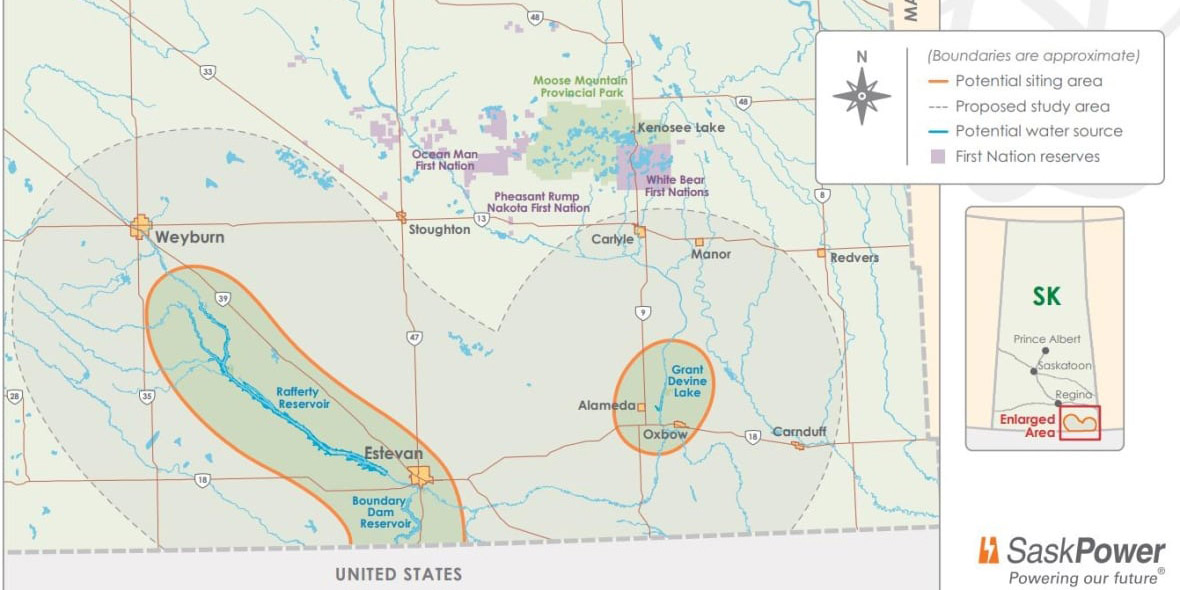
As part of its planning and regulatory activities to potentially build small modular reactors (SMRs) in currently nuclear-powerless Saskatchewan, Canadian utility SaskPower has selected the province’s Estevan and Elbow regions for further study. (In 2018, SaskPower joined the Canadian government, three other provinces, and four other Canadian utilities to participate in the development of A Call to Action: A Canadian Roadmap for Small Modular Reactors.)

Small modular reactor developer X-energy and materials science giant Dow this morning announced the signing of a letter of intent aimed at deploying X-energy’s Xe-100 reactor technology at one of Dow’s U.S. Gulf Coast facilities. The companies expect the SMR plant, which would provide power and process heat to the Dow facility, to be operational by approximately 2030.
Dow is the first manufacturer to declare its intention to develop SMR technology options and intends to take a minority equity stake in X-energy, according to the announcement.
News of the collaboration broke at the American Nuclear Society’s Utility Working Conference and Vendor Technology Expo, being held through August 10 at Marco Island, Fla.
Ontario Power Generation (OPG) and X-energy will look for opportunities to deploy the Xe-100 high-temperature, gas-cooled reactor at industrial sites in Ontario and identify further potential end users and sites throughout Canada under an agreement announced today.

Following an assessment of several small modular reactor technologies, SaskPower has chosen GE Hitachi Nuclear Energy’s (GEH’s) BWRX-300 SMR for potential deployment in Saskatchewan in the mid-2030s, the Canadian utility announced earlier this week.
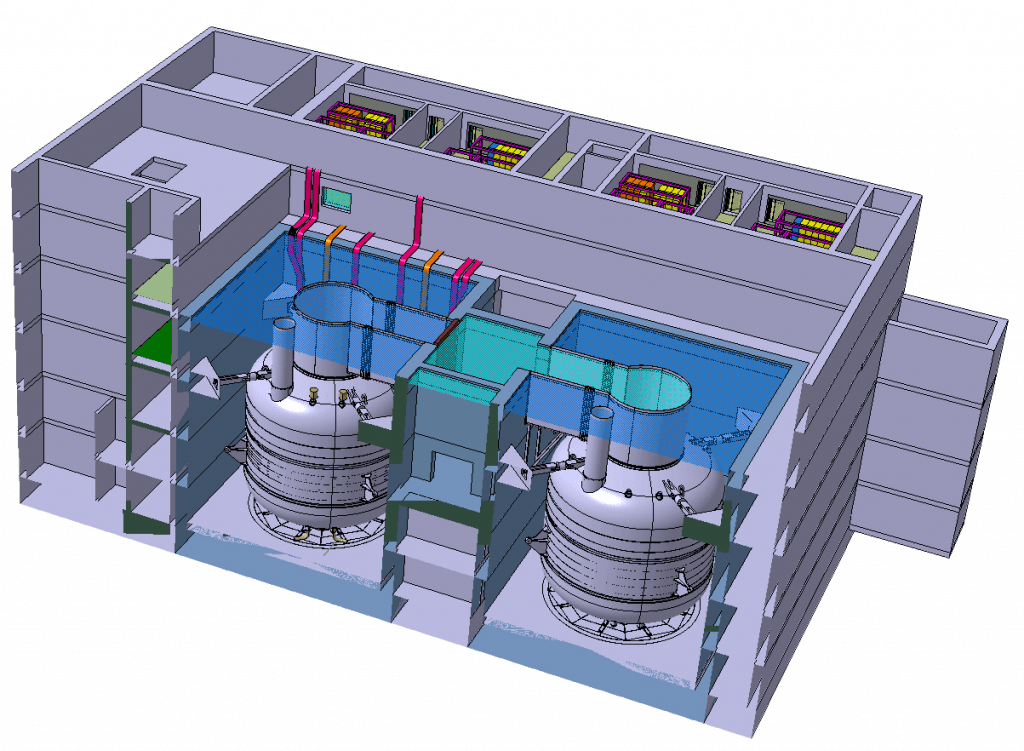
French utility giant EDF has announced that its NUWARD small modular reactor design will be the case study for a European early joint regulatory review led by the French Nuclear Safety Authority (ASN). Also participating in the review process will be the Czech Republic’s State Office for Nuclear Safety (SUJB) and Finland’s Radiation and Nuclear Safety Authority (STUK).
The Tennessee Valley Authority and Ontario Power Generation announced on April 19 that they have formed a partnership to develop and deploy advanced nuclear technology as part of their broader efforts to work toward clean energy. According to the agreement, the companies will coordinate their activities in designing, licensing, constructing, and operating small modular reactors.
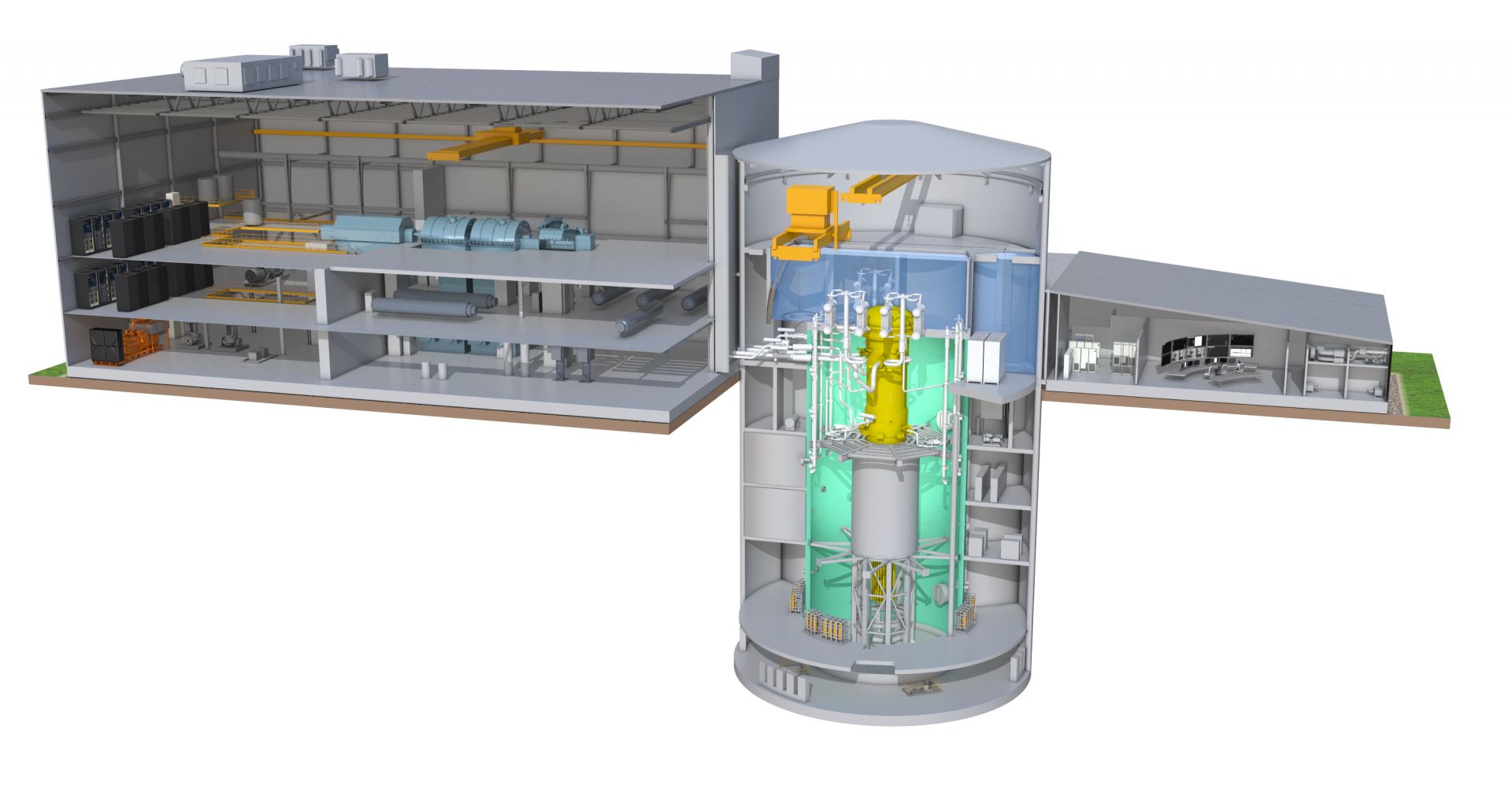
Wilmington, N.C.–based GE Hitachi Nuclear Energy has signed a memorandum of understanding with Kärnfull Next—a new company and a wholly owned subsidiary of Swedish firm Kärnfull Future AB—to collaborate on the deployment of GEH’s BWRX-300 small modular reactor in Sweden.
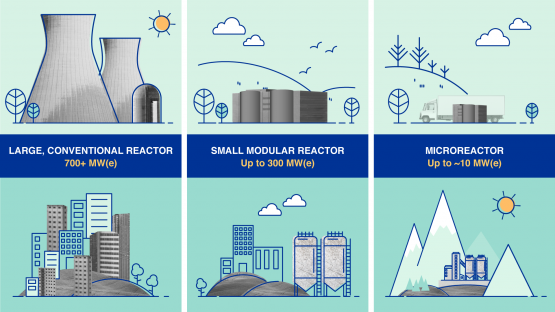
An article posted on the Interesting Engineering website on March 10 highlights a recent YouTube video that provides an overview of the advantages, current status, future possibilities, and practical challenges of small modular reactors, along with a look at the even smaller microreactors. The video is available on the “Undecided with Matt Ferrell” channel. Ferrell describes himself as “a UI/UX [user interface/user experience] designer by trade” and “a lifelong tech enthusiast.”
GE Hitachi Nuclear Energy (GEH), BWXT Canada, and Polish firm Synthos Green Energy (SGE) yesterday announced their intention to cooperate in the deployment of GEH’s BWRX-300 small modular reactors in Poland. With its partners, SGE hopes to deploy at least 10 of the SMRs in the Central European state by the early 2030s.
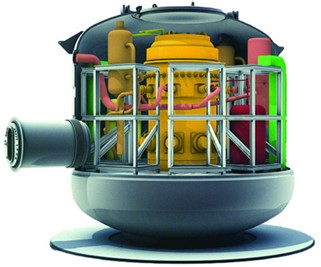
Électricité de France recently announced the formation of an advisory board for NUWARD, France’s small modular reactor project. According to the company, the establishment of the International NUWARD Advisory Board (INAB) is a major step forward in support of the technology’s development.
Nuclear Energy TV has teamed with the U.S. Nuclear Industry Council (USNIC) to launch the third program in its “Advanced Nuclear Energy Spotlight” series. According to its website, Nuclear TV is a “community-based Internet TV channel for live and on-demand nuclear energy industry video programming."

Alberta Premier Jason Kenney has added his signature to a memorandum of understanding on small modular reactor development that was signed in 2019 by the premiers of New Brunswick, Ontario, and Saskatchewan. Kenney signed the document last week at a virtual event that also promoted the release of Feasibility of Small Modular Reactor Development and Deployment in Canada—a study formally requested as part of the MOU.